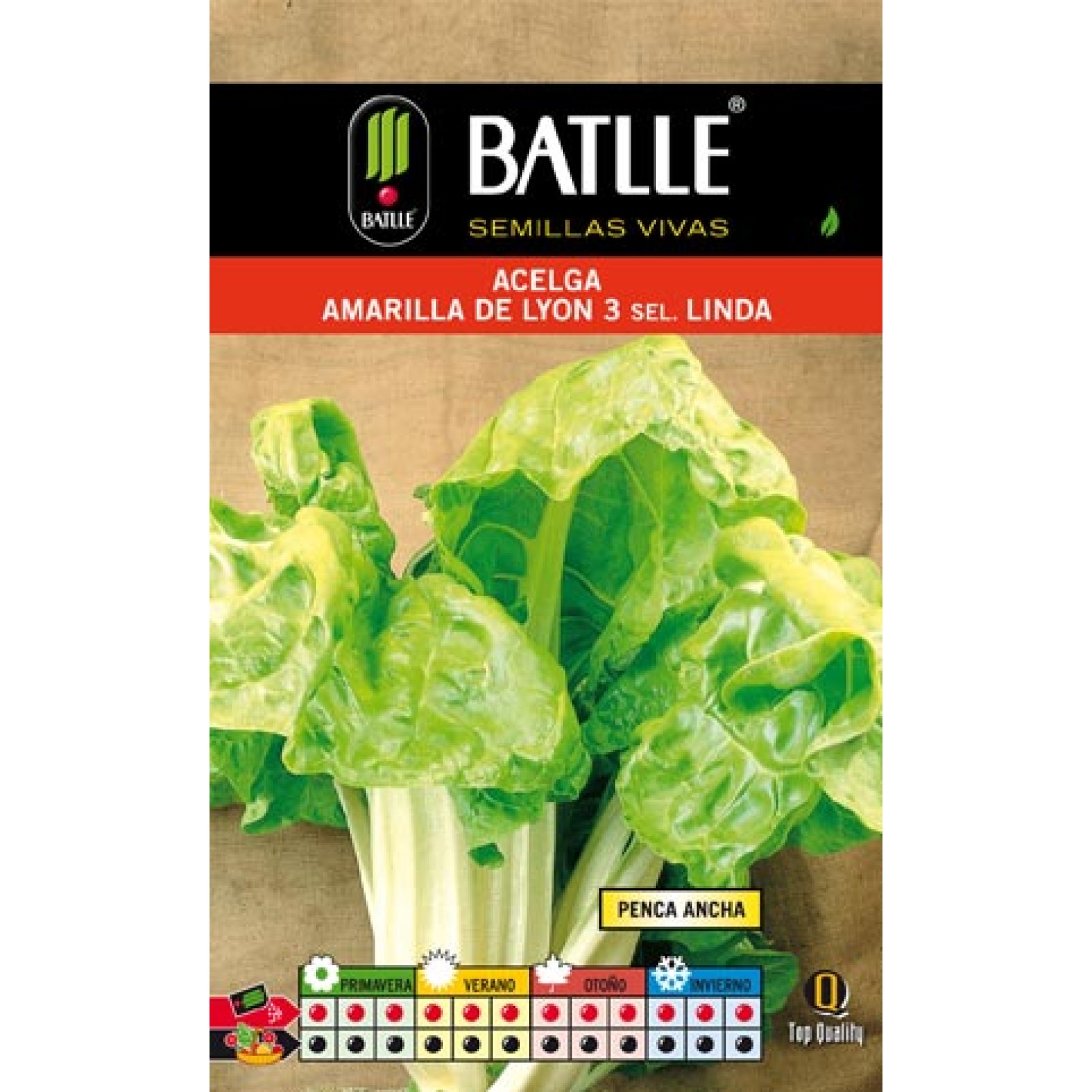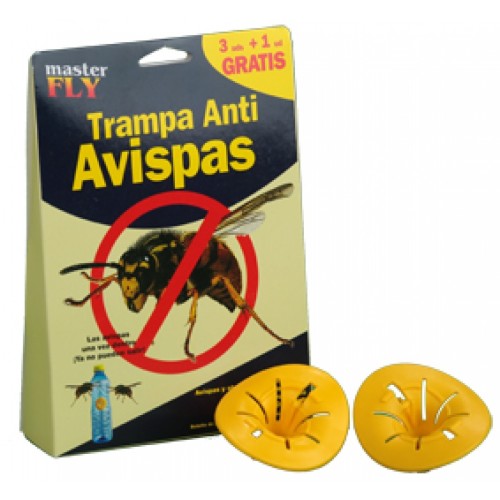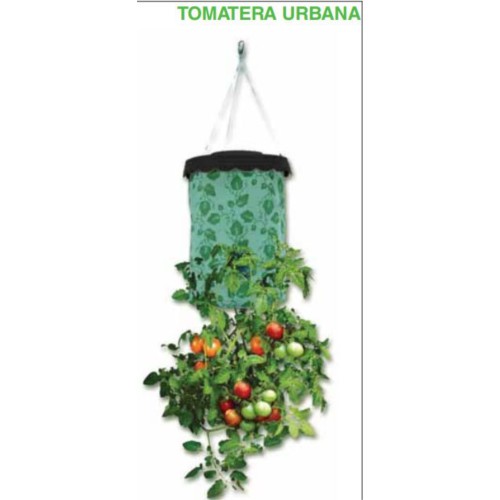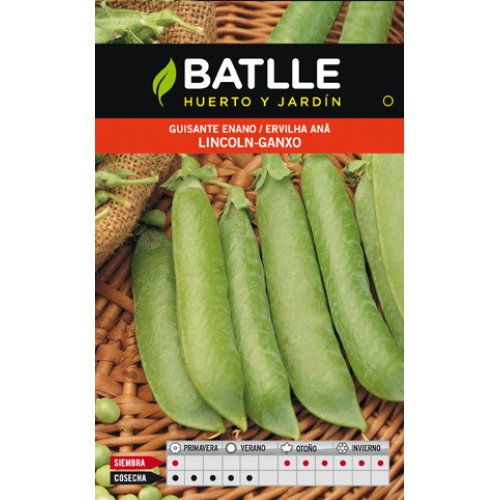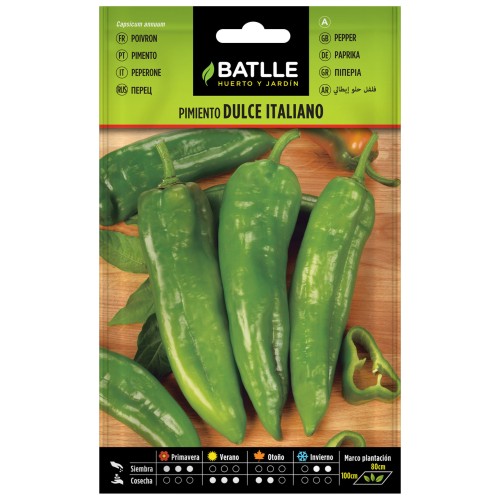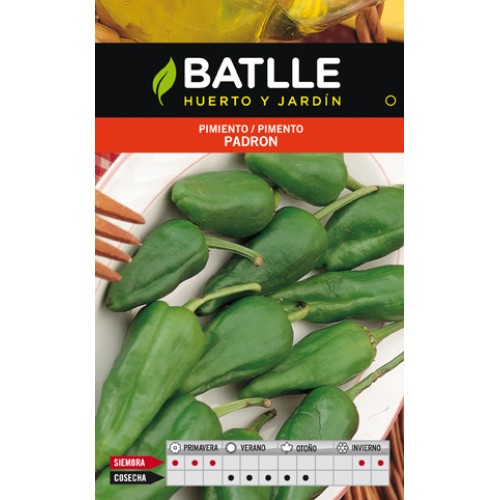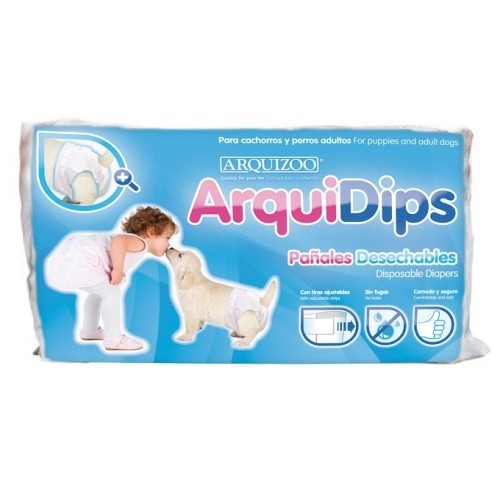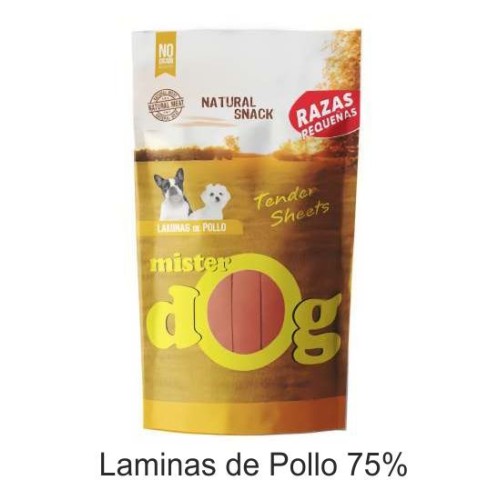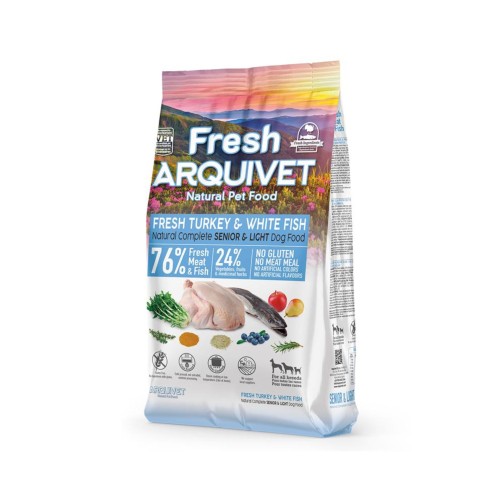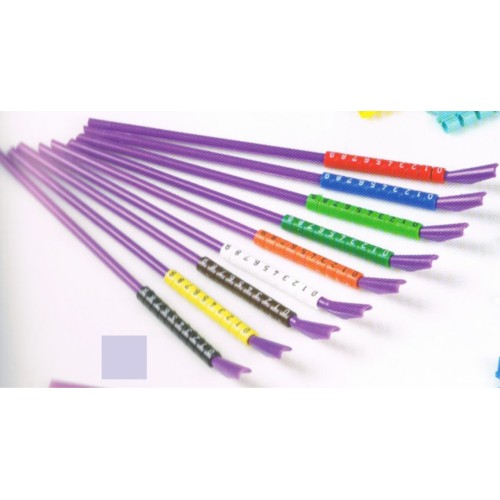- New
Yellow Swiss Chard Seeds - Lyon (Linda Package)

Shipping policy

Return policy
Yellow Swiss Chard (Beta vulgaris, cycla) belongs to the Chenopodiaceae family.
It is cultivated for its large leaves, characterized by a thick central vein that forms a white stem.
This biennial plant is highly regarded for its high vitamin content, fiber, folic acid, and mineral salts while being low in calories due to its high water content.
General tips for Swiss Chard cultivation include preferring temperate-humid climates, with good resistance to cold, especially when plants have 4-5 leaves.
Low temperatures vernalize the crop, promoting flowering once temperatures rise.
It thrives in moderately heavy soils and tolerates salinity well.
Nitrogen inputs should be split throughout the growing period.
Sowing can be carried out at any time of the year, although late summer and autumn sowings are less advisable in continental climates.
The planting can be done directly (3Kg/Ha) spread or in rows 50-60 cm apart.
Sometimes, 3 grams/m² are sown in seedbeds for later transplanting at 5-6 leaves.
After sowing, watering should be generous for successful germination.
The reaping can be done by collecting entire young plants or leaves from adult plants to utilize the stems.
This variety of Yellow Swiss Chard is abundant, upright, and characterized by large greenish-yellow leaves with wide fleshy stems.
It is highly rustic and slow to bolt, making it recommended for summer cultivation.
